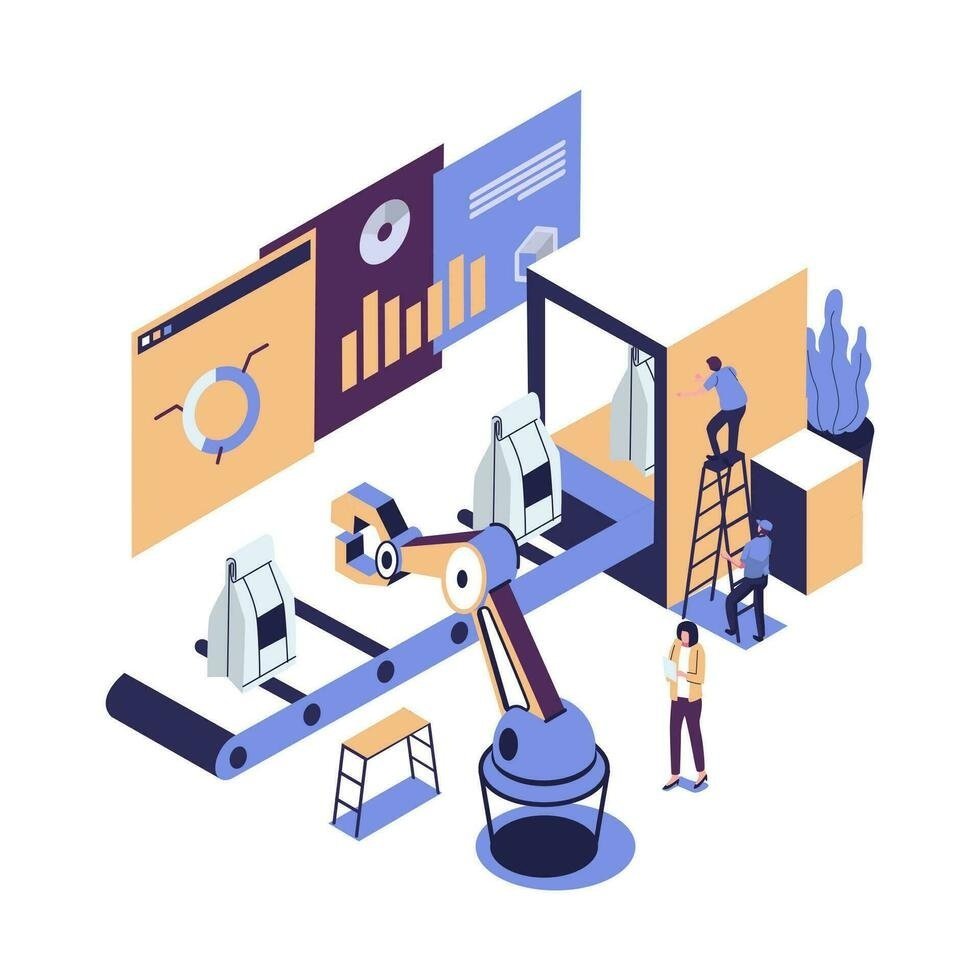Creating System Harmony
As IoT and smart technologies continue to develop, cyber-physical systems, which integrate computational components with physical processes, are paving the way for unprecedented innovation in industries such as manufacturing, transportation, and healthcare, to name a few. These systems integrate sensing, actuation, computation, and communications capabilities to interact with the physical world, leveraging these to improve the overall performance, reliability, and safety of the physical systems.
Challenges exist, of course, including security, hardware lead times, and the necessity of changing corporate communication and structure. However, in terms of productivity, scalability, and efficiency, the investment is already bearing fruit.
Features of Cyber-Physical Systems
Cyber-physical systems, being composed of multiple devices and device types, are necessarily more complex than other IoT devices. In addition, they share several defining features.
Connectivity
Cyber-physical systems utilize network connectivity as the basis for communication between their hardware and cyber components.
Reactivity
Cyber-physical systems continuously interact with the environment via sensors and actuators. Their computations are reactive based on the input they receive.
Real-Time Computation
Cyber-physical systems carry out computations in real-time, which enables dynamic decision-making based on real-world physical data.
Concurrency
Cyber-physical systems carry out multiple tasks or processes simultaneously and concurrently.
The Current State of CPS
Currently, cyber-physical systems are being deployed in a number of settings, including healthcare, manufacturing, energy optimization, and more.
Healthcare
Cyber-physical systems are already an integral part of the healthcare field. Modern CPS systems employ a variety of different equipment and processes, such as wearables and smart sensors, to monitor patient data, diagnose problems, improve and personalize treatment, manage drugs, and more.
One example from the Internet of Medical Things (IoMT) is the artificial pancreas. This closed-loop system reads blood sugar levels and uses an algorithm to determine the correct amount of insulin to administer. A study by the UK’s National Health Service showed that this device is more effective when it comes to managing diabetes than either an insulin pump or a glucose monitor. It’s also considerably easier for the patient to manage.
CPS systems are already making healthcare easier, more personalized, and more efficient, and their future applications in the healthcare field appear to be limitless.
Manufacturing
The Southern California tech startup Gocious is making some exciting inroads in terms of its product roadmap management software. This software, aimed at manufacturers involved in cyber-physical product development, streamlines processes, seamlessly integrating physical and digital elements for greater efficiency and agility, providing manufacturers with an interactive, visual, and tactical tool to assist in navigating the complexities of cyber-physical product development.
Some of the key features of this software include real-time collaboration, data-driven decision-making tools, and excellent customizability and scalability based on the evolving needs of individual manufacturers. Teams can work in sync, regardless of where they’re located, and decisions can be made based on real-world data rather than on speculation. As a result, production has the potential to be smarter, more adaptable, and more efficient.
Energy Management
Virtual power plants (VPPs) are one example of cyber-physical systems that are impacting the field of energy production and distribution. VPPs not only make these tasks more efficient but also help conserve energy.
Virtual power plants consist of a range of distributed energy resources, including smart water heaters, smart thermostats, electric vehicle chargers, solar panels, and similar, which work together to balance energy supply and demand. VPPs can help the grid respond to fluctuations in energy demand while increasing distribution efficiency, which can reduce the energy system’s carbon footprint.
VPPs can also help to shape consumers’ energy use in real-time. For example, smart thermostats connected to heating units or air conditioners can adjust home temperatures in order to manage energy consumption, pre-heating or pre-cooling homes before peak hours. By coordinating many devices, VPPs can not only shape demand but can supply power and keep it flowing reliably.
Agriculture
Agriculture and food production are another area in which cyber-physical systems are revolutionizing the way business is done. One interesting example is intelligent robotic harvesting. In this system, robots designed to harvest specific crops use cameras and sensors to detect when the crops are ready to be harvested. Once the determination is made, robotic tools carefully harvest the fruits and vegetables. Similar systems for weeding, seeding, planting, and fertilizing make these processes more accurate and efficient.
Challenges
The development of cyber-physical systems has been hailed as a new industrial revolution. And as one might expect, this presents a few challenges.
Security
Probably the most important challenge associated with CPS systems is data security. This is especially true in the field of healthcare, which often involves the transfer of confidential patient data. The number and variety of devices involved in CPS healthcare systems provide numerous potential vulnerabilities. And the sensitive nature of the data being transferred makes security especially important.
Hardware Lead Times
The software components used in many cyber-physical systems can often be produced rapidly. However, the hardware frequently takes longer, to the point that by the time the hardware is ready, the software will need to be updated due to changes in technology in the interim. Going forward, one of the primary challenges in the development of cyber-physical systems will be shortening hardware lead times to better coincide with the speed of software development.
Interoperability
Cyber-physical systems have a lot of moving parts–literally and figuratively. Making the hardware and software interoperable both within systems and without, will be an ongoing challenge.
Organizational Culture
Many companies are organized by function rather than by product, which can lead to multiple handoffs, resulting in delivery delays. Ensuring that hardware and software teams are working in sync can mitigate these delays. In addition, addressing cross-team communication challenges can help to synchronize development timelines and align teams more effectively across the board.
Future Projections
Cyber-physical systems have the potential to positively impact an increasing number and variety of fields, maximizing efficiency and reducing cost. From improving safety and efficiency in transportation to improving civil infrastructure to real-time quality control in product development and manufacturing and improving healthcare for both patients and practitioners, the potential is practically limitless.

